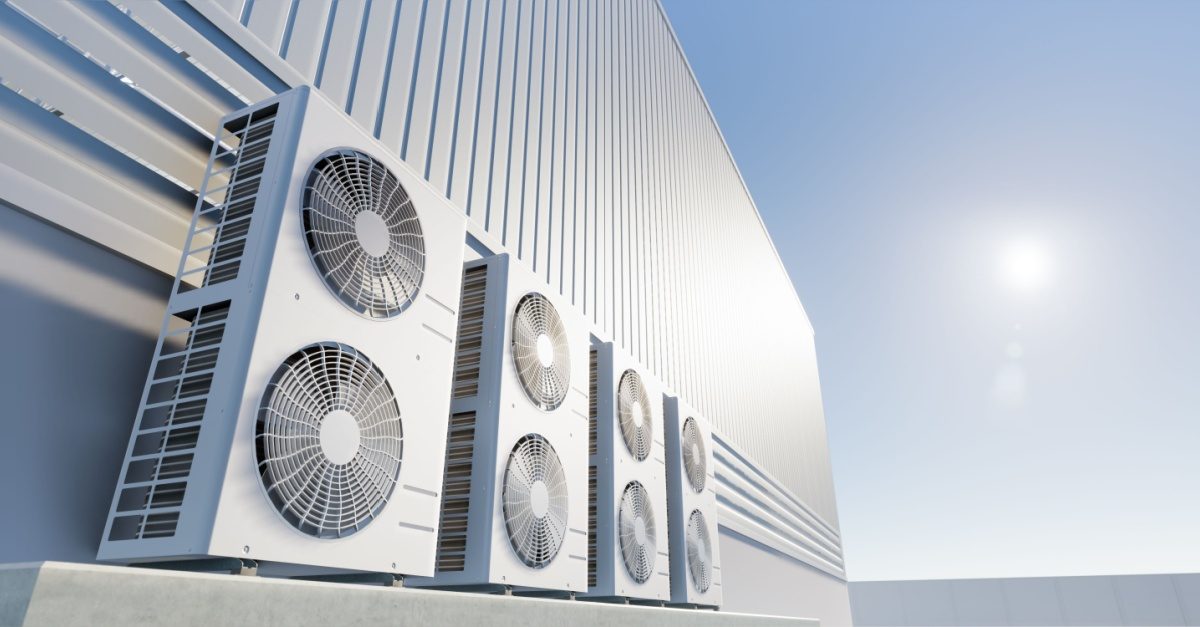
How to Maximise the Longevity of HVAC Systems
What makes some HVAC systems outperform and outlast others? It’s not just about the quality but how they’re cared for from day one. For HVAC service providers and contractors, unlocking HVAC system longevity starts with a blend of proper installation, ongoing maintenance, and sharing expert advice with clients.
The Importance of HVAC System Longevity for Service Providers
For HVAC professionals, here’s how focusing on the longevity of HVAC systems impacts your business:
- Installing and maintaining durable HVAC systems boosts your reputation, attracting more business and building a solid client base through recommendations.
- With fewer warranty claims, you see reduced costs and increased profitability. Long-lasting systems lower the amount spent on addressing these claims.
- Customers experiencing fewer HVAC problems are likelier to return, creating a stable revenue stream.
- Fewer system breakdowns save on emergency service costs and optimise resource use.
- Durable HVAC systems are more efficient appealing to clients interested in long-term savings and environmentalism.
- Long-lasting HVAC systems differentiate you in a competitive market, highlighting your commitment to quality and reliability.
Tips to Extend the Lifespan of HVAC Systems
Maximising the longevity of HVAC systems requires a multifaceted approach, focusing on practices that ensure systems are installed, maintained, and operated efficiently.
Through these focused efforts, professionals can significantly enhance system performance, sustainability, and longevity:
Proper Installation
Proper installation is the first step in ensuring the longevity of HVAC systems. Attention to detail and adherence to the highest standards are necessary to ensure HVAC systems reach their maximum potential lifespan.
- Size Accurately: Utilise the Manual J calculation method to determine the exact heating and cooling load requirements for the space. For instance, if a residential home requires a three-tonne capacity unit but is fitted with a four-tonne unit, the system may cycle on and off more frequently, leading to increased wear and unnecessary energy consumption.
- Select Quality Components and Materials: Invest in the highest-quality ductwork and electrical components. For example, opt for materials that offer better durability and insulation properties, like fibreglass duct board or sheet metal, over cheaper alternatives that may deteriorate quickly.
- Ensure Ductwork Integrity: Conduct a smoke test to identify leaks in the ductwork post-installation. These leaks can lead to energy loss and system strain. Applying mastic sealant or aluminium foil tape can improve system efficiency and longevity.
- Maintain Optimal Refrigerant Charge: Ensure the right refrigerant charge by using the subcooling or superheat methods. For example, a system that is undercharged by 10% can see a 20% reduction in efficiency.
- Conduct System Testing: Check the thermostat operation in different modes, verify that airflow rates meet design specifications, and ensure the condensate drain is clear and properly draining.
- Check for Adequate Ventilation: Evaluate the space’s ventilation to prevent system overheating. For example, installing additional return vents or a ventilation control system in a large commercial space can help balance air flow and temperature, preventing hot spots that strain the HVAC system.
User Education
When HVAC contractors and service providers pass on their knowledge to clients, it empowers users to maintain their systems effectively, leading to a longer lifespan for the equipment.
Here’s how to implement an effective user education program:
- Create a customised user manual for each installation, highlighting the specific features, settings, and maintenance schedule of the system.
- Conduct hands-on training sessions with the users, demonstrating how to operate the thermostat efficiently, the importance of keeping vents unblocked, and how to detect signs of system distress.
- Implement a system for sending maintenance reminders to users, such as when to change air filters or schedule professional maintenance checks. This can be as simple as setting calendar reminders or sending email notifications based on the expected maintenance timeline for their specific system.
- Provide simple troubleshooting guidance for common issues, like what to do if the system isn’t heating or cooling effectively or if unusual noises occur. Include clear instructions on when to call a professional versus what can be safely addressed by the user.
Regular HVAC System Maintenance
Coupling user education with a detailed maintenance schedule can further extend the lifespan of HVAC systems and also ensure they operate at peak efficiency.
Here are suggested maintenance timelines for common HVAC parts:
- Air Filters should be replaced or cleaned every 30 to 90 days. High-Efficiency Particulate Air (HEPA) filters can also improve air quality and system performance.
- Evaporator and condenser coils should be checked and cleaned at least once a year. Aluminium fins can easily bend, blocking airflow. During maintenance, a “fin comb” should be used to straighten these fins.
- Check the condensate drain channel at least twice a year to ensure it isn’t clogged. A clogged drain can cause water damage, affect indoor humidity levels, and lead to mould.
- Check the refrigerant level annually to ensure the system is not running low due to leaks. An improperly charged system can lead to inefficient operation and increased energy costs.
- Adjust and clean the blower components once a year to maintain proper airflow. A reduction in airflow can decrease system efficiency by up to 15%.
- Inspect the ductwork for leaks or blockages at least once every two years. Leaky or blocked ducts can significantly reduce the system’s efficiency.
Energy Conservation Strategies for Sustainable HVAC Operations
Finally, upgrading HVAC systems to energy-efficient models can enhance sustainability and extend their lifespan. Focusing on energy efficiency not only reduces operational costs for users but also minimises the strain on HVAC systems, thereby prolonging their operational life.
The following systems are among the top HVAC industry trends that offer energy efficiency and longevity:
- Programmable/Smart Thermostats: Smart thermostats can learn user patterns and adjust settings for optimal energy use and comfort, decreasing wear on the HVAC system by preventing it from running unnecessarily.
- High-Efficiency HVAC Systems: When upgrading or replacing HVAC systems, recommend high-efficiency models that have a high Seasonal Energy Efficiency Ratio (SEER) for air conditioners or a high Annual Fuel Utilisation Efficiency (AFUE) for furnaces. These systems use less energy for the same amount of heating or cooling, which means they run less frequently and are subject to less wear and tear over time.
- Zoning Systems: These systems allow different areas of a building to be heated or cooled independently. This prevents the entire HVAC system from working hard to regulate temperatures in unused areas, saving energy and reducing system stress.
- Energy Recovery Ventilators (ERVs): For commercial installations, ERVs can recover heat or cool air from exhaust gases. This reduces the energy needed to heat or cool incoming fresh air, thereby saving energy and reducing the load on the HVAC system.
Conclusion
By integrating these comprehensive strategies, HVAC contractors and service providers can significantly enhance system longevity and operational efficiency. This, ultimately, leads to higher customer satisfaction and a stronger, more sustainable business model.
Author Bio:

Anais is the content manager at Finturf and is based in Los Angeles, CA. She has a background in finance writing and legal studies, with a curiosity for how tech solutions are revolutionising business offerings and growth. She works hands-on with innovators in the point-of-sale and finance industries to create content that engages and informs her readers.

